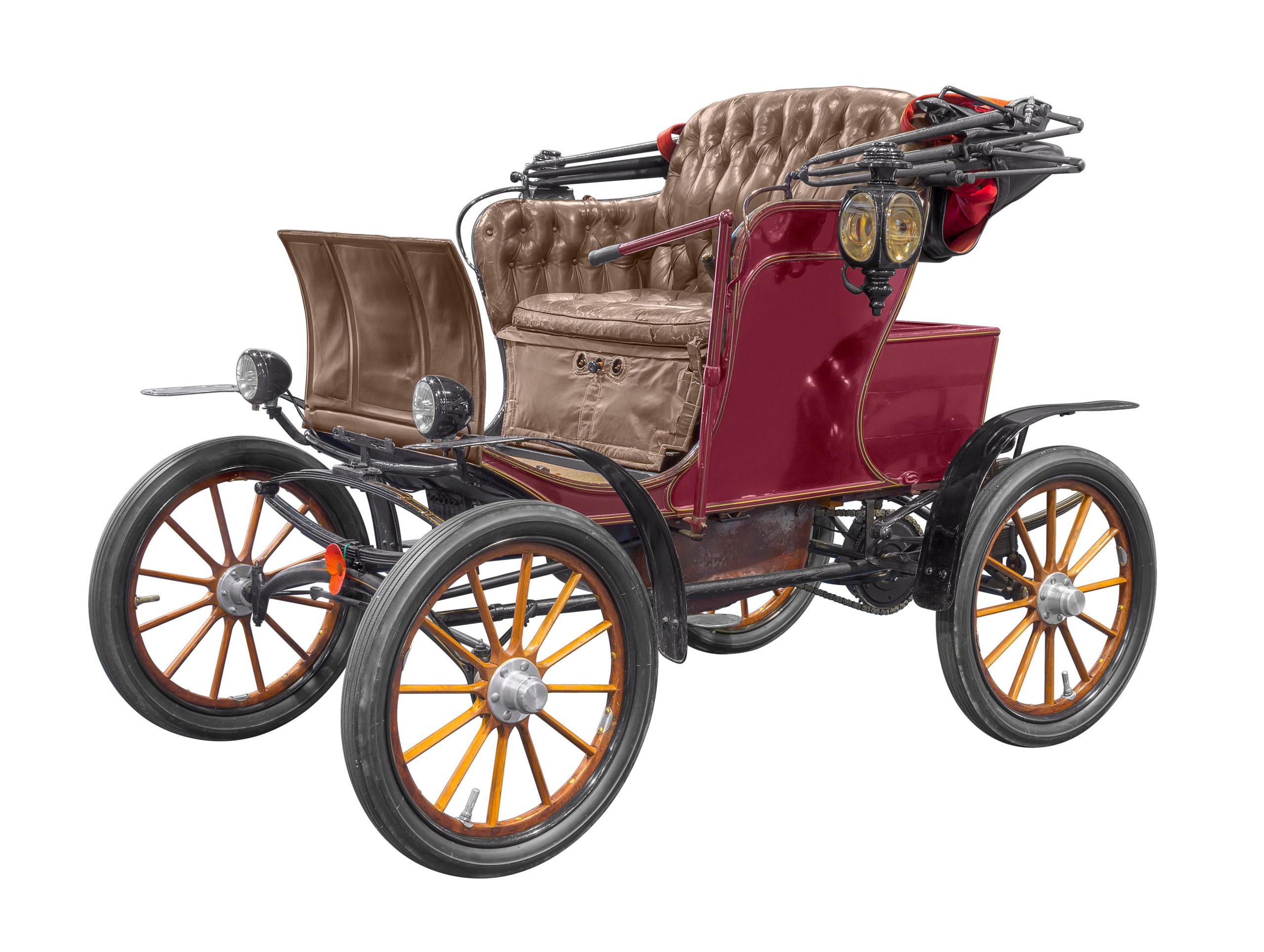
From wagons to Cybertrucks: How electric vehicles have evolved
Electric vehicles (EVs) are anything but a modern invention. While they have picked up a lot of popularity and news in recent years, EVs have been around for over 130 years!
Posted by Jeph Novak on September 7, 2021
Electric vehicles (EVs) are anything but a modern invention. While they have picked up a lot of popularity and news in recent years, EVs have been around for over 130 years!

1889 – 1891: First EV debuts in the U.S.
Toward the end of the 19th century, William Morrison of Des Moines, Iowa created the first EV in the U.S. The model was very similar to the carriages of the time and was considered to essentially be an electrified wagon. This invention was the beginning of a long history of EVs in the U.S.
1899 – 1912: EVs gain popularity
At the turn of the century, EVs quickly became extremely popular modes of transportation in the U.S. due to their quiet and smooth drives.
They accounted for one third of all vehicles on the road and innovators, such as Thomas Edison, attempted to improve battery technology for the rising vehicles.
1920 – 1935: EV sales decline
With the invention of the Model T, gasoline-powered cars became more affordable and available to the public. Around this time, crude oil was drilled in Texas, making gasoline cheap and easy to access. This combination dealt a blow to EV sales and by the 1930s, EVs were rarely sold or driven.
1968 – 1977: Interest in EVs sees a resurgence
In the middle of the century, what was once cheap and abundant gas became rare and expensive. This caused a resurgence in EV interest as people looked for other ways to get around. Various EVs were developed at this time, such as the Sebring-Vanguard CitiCar and GM’s urban electric car.

1990 – 1996: New regulations renew EV interest
Motivated by new federal and state regulations, such as California’s Zero-Emission Vehicle (ZEV) program, automakers began to create vehicles with lower emissions, and EVs gained traction. During this time, the development of EVs helped improve the speed and performance of traditional gas-powered vehicles. In 1996, GM released the EV1, an EV that quickly gained a following.
1997: The Toyota Prius is introduced
The first mass-produced hybrid, the Toyota Prius, was first introduced in 1997. When it was released worldwide in 2000, it quickly became popular with celebrities, making it a success publicly.

2006: Tesla Motors goes electric
Tesla, one of the most famous and popular EV brands around the world today, started researching and producing EV technology in 2006. This encouraged other automakers to accelerate their electric research and technology. The first Tesla – the Roadster – was released in 2008.
2010: EVs become more accessible and widespread
Around this time, the Energy Department invested in proper charging infrastructure for residential and commercial use. In 2010, the Chevy Volt became the first commercially available plug-in hybrid, and at the end of the year, Nissan released their electric Leaf.
2013: Electric battery prices drop
Thanks to investments from the Energy Department, the price of the electric battery (the most expensive part of EVs) dropped 50% in four years. This improvement helped make EVs more affordable and accessible to the average consumer.
2021: GM announces goal to be 100% electric by 2035
General Motors announced an impressive goal to produce only EVs by the year 2035. Some of the EVs GM produces include the Chevy Bolt and the Hummer electric truck. Along with GM, many automakers have set goals to increase their electric fleet in the near future, including Jaguar and Ford.
Present day: EVs are the car of the future
Today, it is common to see all types of EVs on the road. From Teslas to Bolts and everything in between, EVs are becoming increasingly popular as their price, range and charge time all improve. And it isn’t just cars on the road, either; vehicles such as tractors, buses, bikes and UTVs all come in various electric options.

Even though EVs have risen in popularity in recent years, they have been in the U.S. for more than 130 years. Through a long and exciting history, and many developments and improvements over time, EVs have become widespread among drivers today. WH is excited to be your source for all things EVs. Whether you are interested in EV charging rebates, joining a pilot study or just learning more about how an EV fits your budget, you can count on WH. Contact WH with any questions about EVs you may have at (763) 477-3000.


